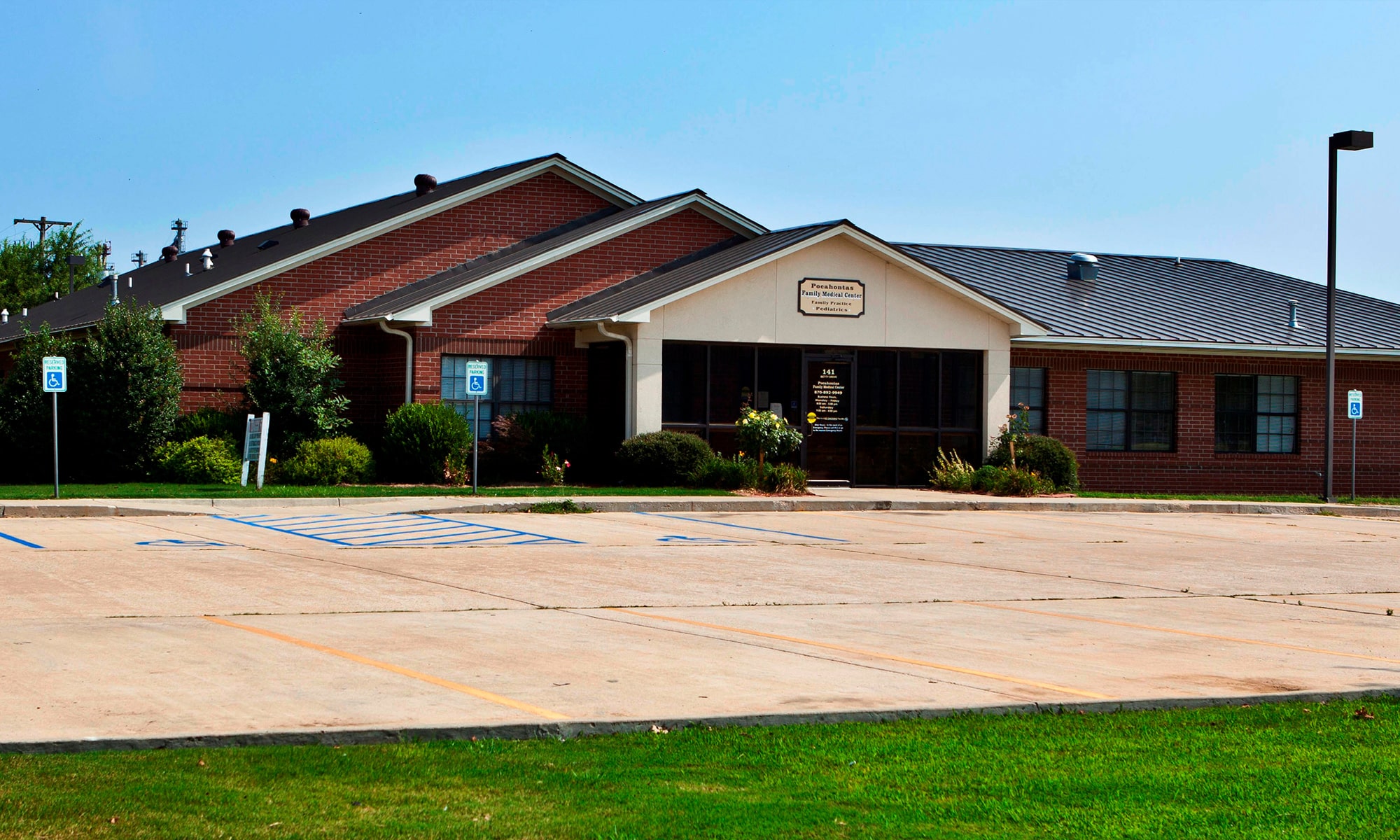

Many of the stories told about her by John Smith have been contested by her documented descendants. Her story has been romanticized over the years, with some aspects which are probably fictional. Numerous places, landmarks, and products in the United States have been named after Pocahontas. She was buried in St George's Church, Gravesend, in England her grave's exact location is unknown because the church was rebuilt after a fire destroyed it. In 1617, the Rolfes set sail for Virginia Pocahontas died at Gravesend of unknown causes, aged 20 or 21. She became something of a celebrity, was elegantly fêted, and attended a masque at Whitehall Palace. On this trip she may have met Squanto, a Patuxet Indian from New England. In 1616, the Rolfes travelled to London where Pocahontas was presented to English society as an example of the "civilized savage" in hopes of stimulating investment in the Jamestown settlement. She married tobacco planter John Rolfe in April 1614 at the age of about 17 or 18, and she bore their son Thomas Rolfe in January 1615. During her captivity, she was encouraged to convert to Christianity and was baptized under the name Rebecca.


Pocahontas was captured and held for ransom by the Colonists during hostilities in 1613. She was the daughter of Powhatan, the paramount chief of a network of tributary tribes in the Tsenacommacah, encompassing the Tidewater region of Virginia. 1596 – March 1617) was a Native American woman, belonging to the Powhatan people, notable for her association with the colonial settlement at Jamestown, Virginia. Pocahontas ( US: / ˌ p oʊ k ə ˈ h ɒ n t ə s/, UK: / ˌ p ɒ k-/ born Amonute, known as Matoaka, c.


 0 kommentar(er)
0 kommentar(er)
